Cement prices in India have seen fluctuations recently, influenced by factors such as election activities, weather conditions, and market dynamics. According to a recent report by InCred Equities, there was a marginal increase in cement prices in April, but this was followed by a decline in May 2024. The decrease in prices can be attributed to general elections, heatwaves, and unseasonal rainfall in some regions. The report also suggested that certain regions might forsee price hikes in June 2024, following the conclusion of elections and the establishment of the Narendra Modi-led NDA government, just before the monsoon season.
Regional Cement Price Trends
South India
In South India, cement prices experienced a reversal of the April price hikes, with a significant decline of Rs 6 per bag on a month-on-month basis. Prices in Hyderabad, for instance, dropped from Rs 360 per bag to Rs 350 per bag. The region faced unseasonal rains, which disrupted supply channels and softened demand. However, dealers anticipate a potential price hike in the coming months. The expectation is rooted in the recovery of construction activities post-monsoon and the resumption of infrastructure projects.
East India
The Eastern region saw a price decline of Rs 1-2 per bag due to muted demand and labor shortages caused by the general elections. There were no price hikes in May, but dealers expect a potential increase of Rs 5-10 per bag in June 2024 as normal operations resume post-elections. The eastern market is also expected to benefit from the government's focus on infrastructure development, which includes several upcoming projects aimed at improving connectivity and urban infrastructure.
North India
In North India, cement prices declined by Rs 2-3 per bag in May 2024. However, with the delayed onset of the monsoon and ongoing heatwave conditions, there might be a revival in demand, potentially leading to price hikes in June 2024. The region is expected to see increased construction activity in both urban and rural areas, driven by the need for housing and the development of new infrastructure projects.
West India
The Western region recorded a price decline of Rs 4-5 per bag in May, following a stable period in the previous months. Prices in Gujarat fell by Rs 6-7 per bag due to competitive pressures, while Maharashtra saw relatively stable prices. Demand is expected to recover from June 2024. The western region, particularly cities like Mumbai and Pune, is poised for a boost in construction activities with numerous infrastructure and real estate projects in the pipeline.
Central India
Central India experienced a price decline of Rs 2 per bag. Dealers in this region expect a slight recovery in demand, but no significant price hikes are anticipated for June. The central region is likely to see a steady increase in demand as rural housing projects and smaller infrastructure initiatives gain momentum.
National Trends and Expectations
A report by Elara Capital highlighted that the all-India average retail price for cement dropped by Rs 4 per 50 kg bag month-on-month, settling at Rs 356. Despite this, many market participants foresee an improvement in demand conditions in June, potentially prompting price hikes ranging from Rs 10-50 per bag, particularly in East India. This anticipated increase is based on the recovery of construction activities post-election and monsoon season, as well as the continuous push for infrastructure development by the government.
Key Demand Drivers
While short-term demand is expected to remain subdued due to the ongoing monsoon season and the aftermath of general elections, long-term demand drivers remain robust. The infrastructure sector, accounting for over 24% of cement demand, is projected to grow significantly, fueled by the government's substantial infrastructure development initiatives. Key demand drivers include;
Government Initiatives
One of the major drivers of cement demand is the government’s focus on infrastructure development. The National Infrastructure Pipeline (NIP) and other large-scale projects, such as the Bharatmala and Sagarmala projects, aim to enhance the country's infrastructure, including roads, highways, ports, and airports. These projects require substantial quantities of cement, driving demand and supporting price increases.
Housing Sector
The housing sector is also gaining momentum, driven by India's transition towards becoming a middle-income country and a stable lending rate environment. The approval of 3 crore additional houses under the Pradhan Mantri Awas Yojana (PMAY) is expected to further boost demand. Urbanization and the development of smart cities are additional factors contributing to the increased demand for cement in the housing sector.
Technological Advancements
The industry is also seeing technological advancements aimed at improving efficiency and reducing costs. The adoption of newer technologies in cement production, such as the use of alternative fuels and raw materials, is helping companies reduce their carbon footprint and improve sustainability. These advancements are expected to support the industry's growth and stability.
Challenges and Mitigations
However, the industry does face challenges such as fluctuating input costs, environmental regulations, and the need for continuous innovation. Companies are mitigating these challenges by investing in research and development, adopting sustainable practices, and optimizing their supply chains.
Future Outlook
In the long term, the cement industry is poised for growth, supported by robust infrastructure and housing sector developments. Industry reports indicate that large cement companies are expanding their capacities through both organic and inorganic means. The market share of the top five cement companies has risen significantly from 45% in March 2015 to 54% in December 2023 and is expected to reach 55% by March 2025. This consolidation is driven by mergers and acquisitions, which offer cost advantages and quicker capacity expansions compared to setting up new greenfield plants.
Conclusion
Cement prices in India are subject to various regional and national factors, including weather conditions, election activities, and market dynamics. While short-term fluctuations are expected, the long-term outlook remains positive, driven by strong demand from infrastructure and housing sectors. The government's commitment to infrastructure development and housing projects under schemes like PMAY will continue to support the cement industry's growth. As demand recovers post-monsoon and election periods, price adjustments are likely, reflecting the industry's ongoing efforts to balance supply and demand dynamics.
The consolidation of the industry and technological advancements will further bolster its growth, making the cement sector a critical component of India's economic development. As infrastructure and housing projects gain momentum, cement prices are expected to rise, benefitting from the strong demand outlook and supportive government policies.
Image source- economictimes.indiatimes.com

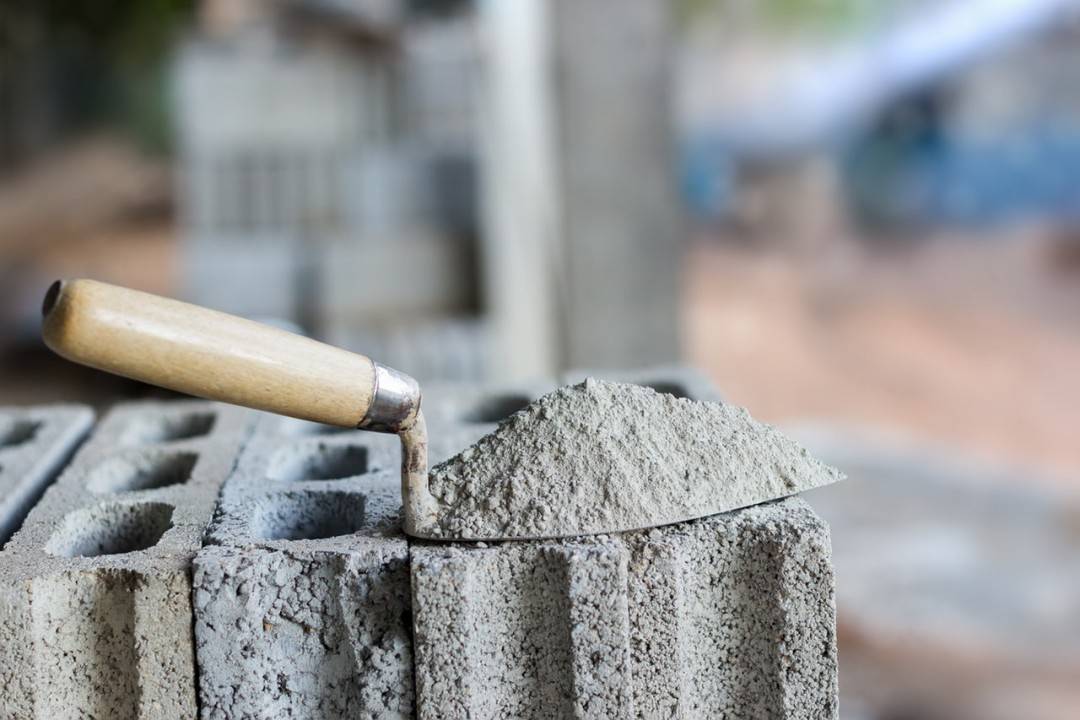
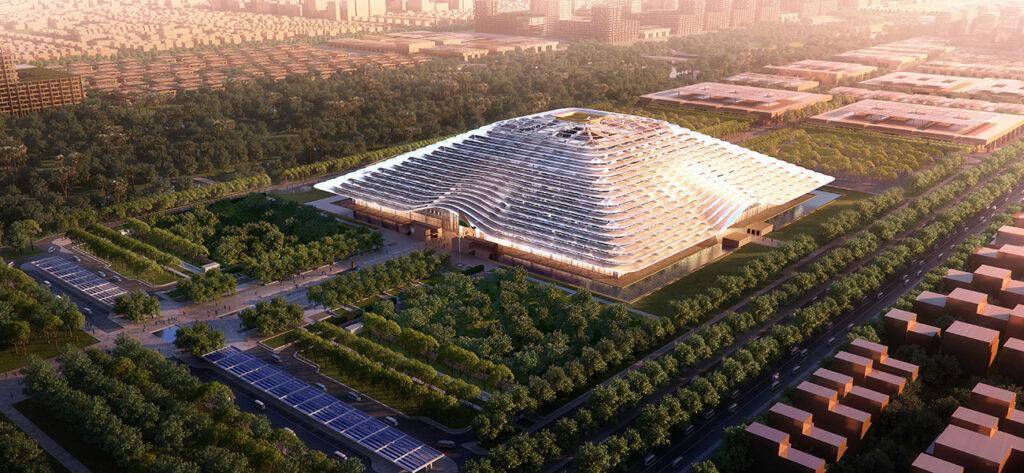
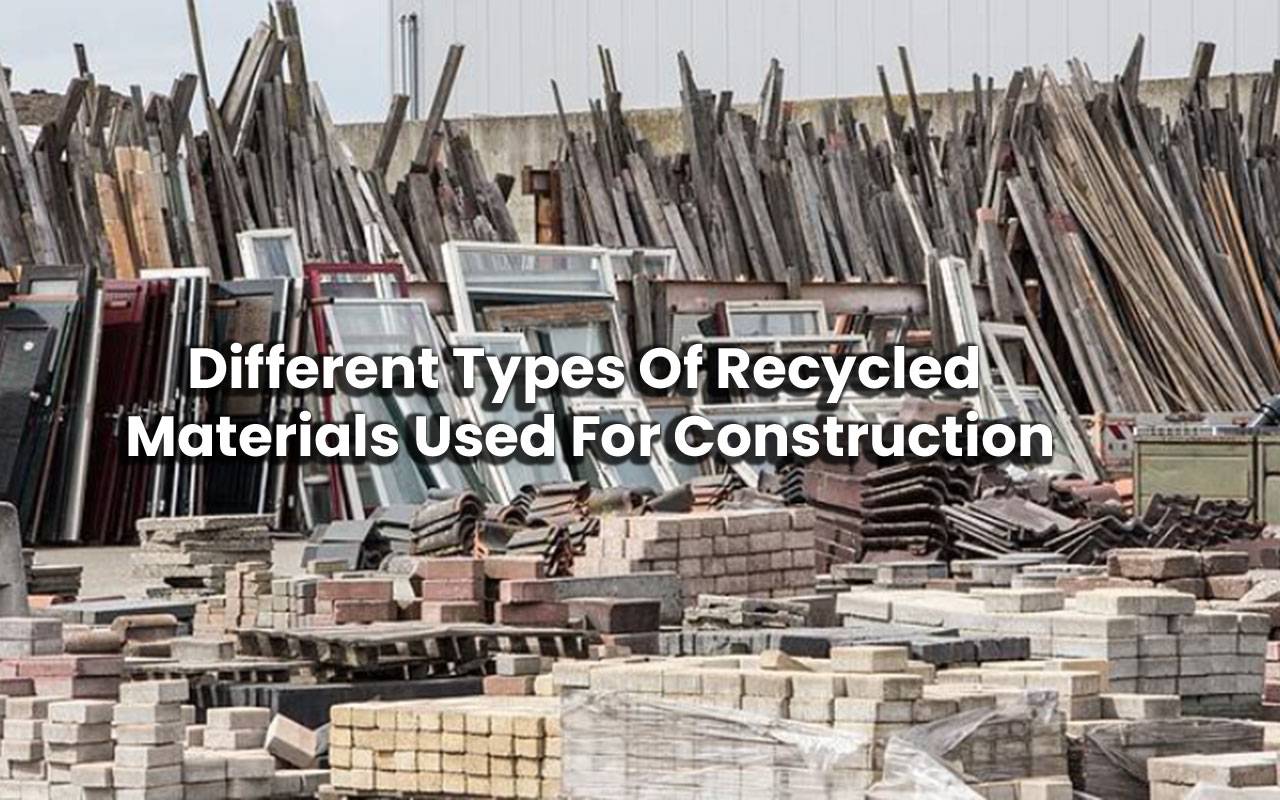
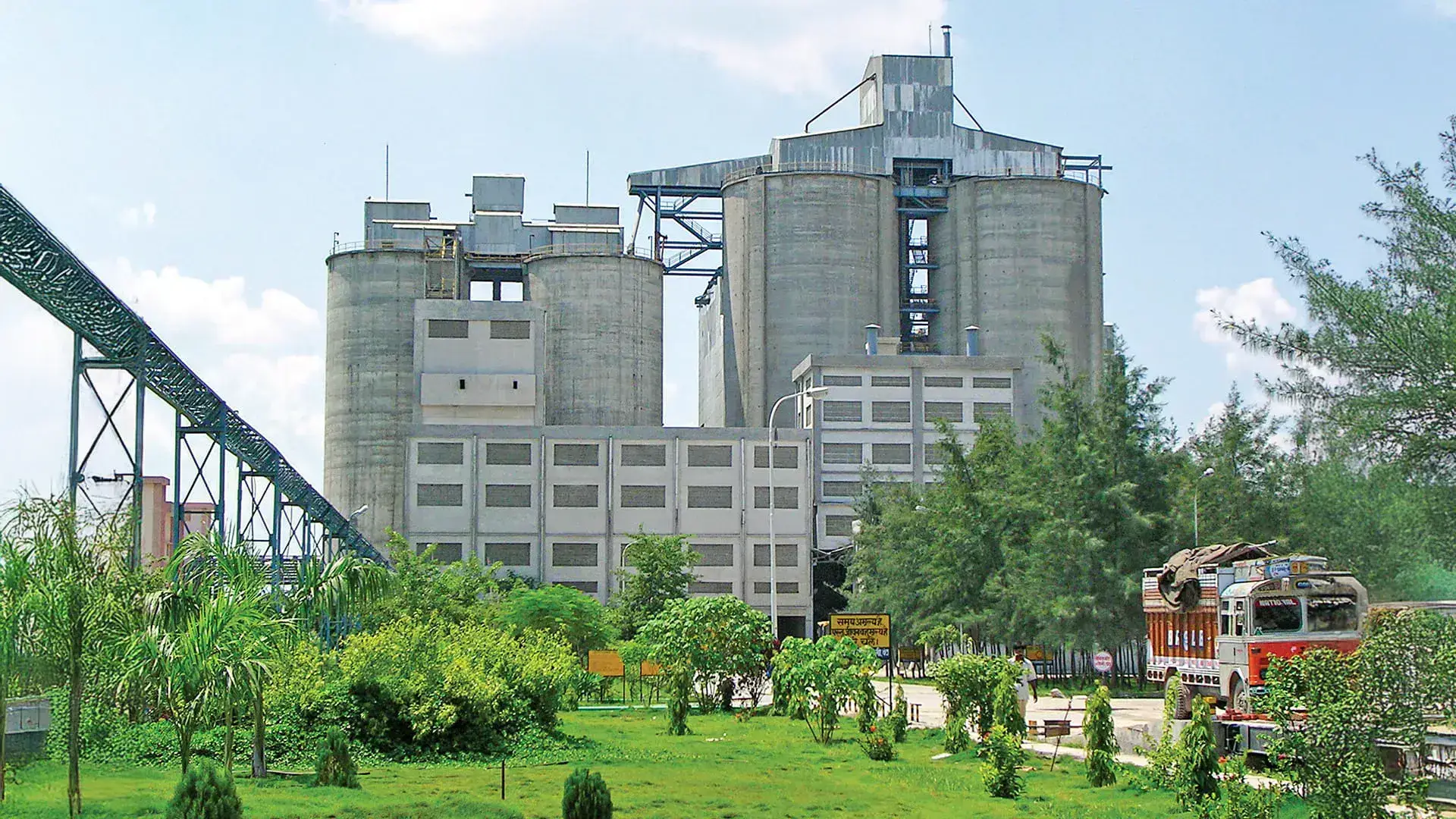

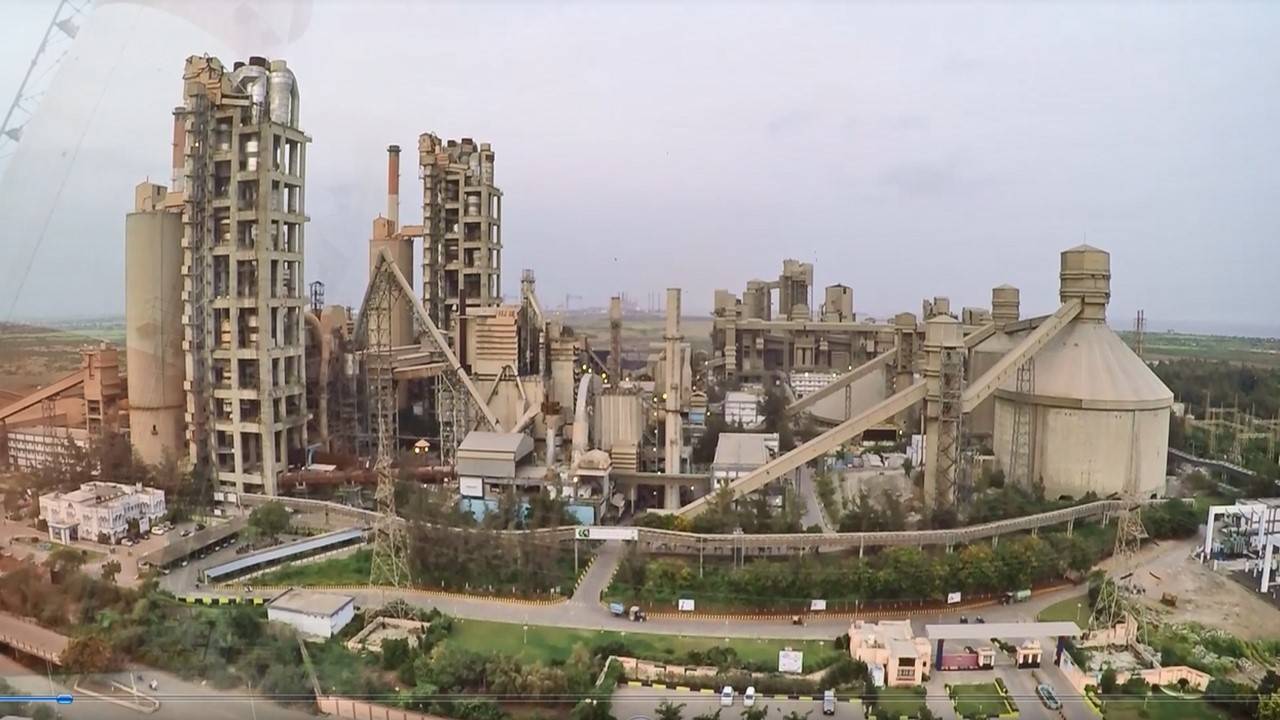

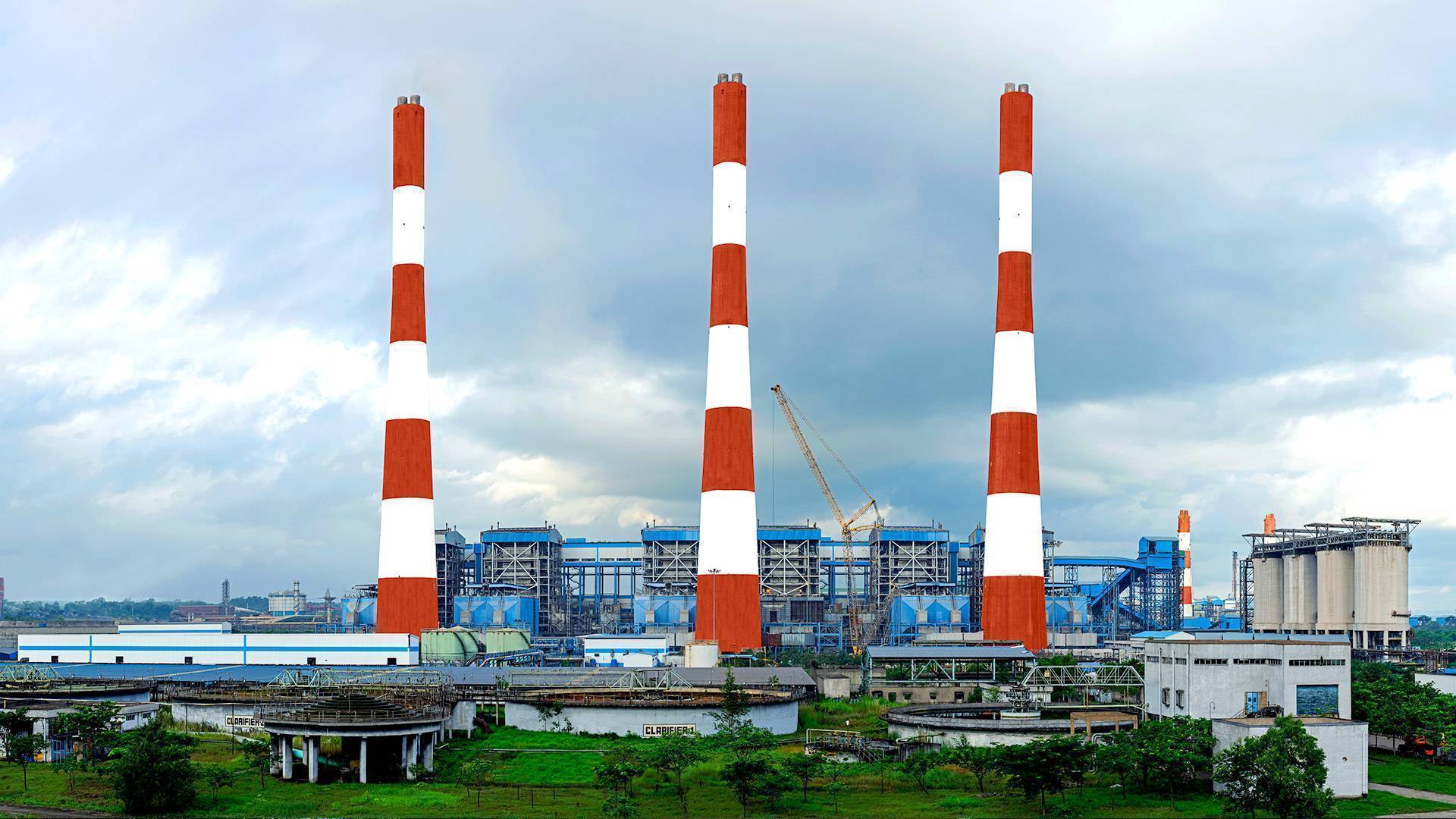
.png)